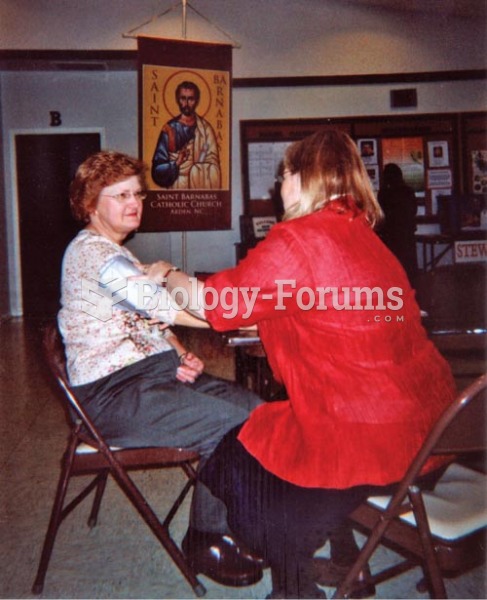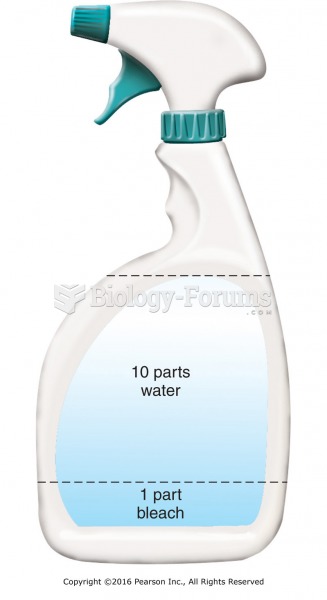|
|
|
Medication errors are more common among seriously ill patients than with those with minor conditions.
Urine turns bright yellow if larger than normal amounts of certain substances are consumed; one of these substances is asparagus.
After 5 years of being diagnosed with rheumatoid arthritis, one every three patients will no longer be able to work.
When intravenous medications are involved in adverse drug events, their harmful effects may occur more rapidly, and be more severe than errors with oral medications. This is due to the direct administration into the bloodstream.
Illness; diuretics; laxative abuse; hot weather; exercise; sweating; caffeine; alcoholic beverages; starvation diets; inadequate carbohydrate consumption; and diets high in protein, salt, or fiber can cause people to become dehydrated.







